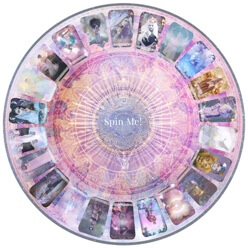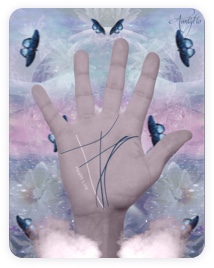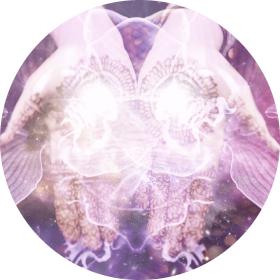Magnolia

Uncover Hidden Flowers meanings
The Magnolia is believed to have existed from the beginning of time.
If you study it closely, you will find a flora that is tough and looks as if it is made to survive climate and other geological changes. Hence, it means something that lasts and endures.
This flower is said to have been found from the island of Martinique and is known locally as talauma. Its discoverer named it after Piere Magnol. The Magnolia, however, thrives in many hardy varieties across the globe. There are about 240 species of this native plant that is common to North and South America, East Asia and the Himalayas. The fragrant flowers come in many attractive colors. The plant also boasts of handsome leaves and fruits that are cone-like, making it a great garden ornament as well as a source for timer.
It is primitive in its look. Having large blooms with numerous petals and tepals, its many stamens arranged spirally form a cone-like structure. It looks strong, as if it can withstand time.
Its Victorian meaning is dignity and nobility. The Magnolia is a symbol of poise and pride. The strength of its bloom can also stand for self-respect and self-esteem. Not a few have used magnolia blooms in their weddings. The blooms may come in either pale or very vibrant shades. Nevertheless, they depict strength of character and bearing. Likewise, this beautiful blossom is so fragrant it can fill the air with its powerful, lemony scent. Magnolia has been used as a name for girls for a long time now, signifying strength, beauty and dignity.
The magnolia has flowers that have six or more tepals. Tepals are sepals that are meant to protect the bud - but they are parts that resemble petals. They are just as colorful and fine that it is difficult to distinguish them from the real petals. Magnolia blooms self-pollinate, as they are bisexual flowers. However, since its origins date back to the time before there was bee pollination, beetles are believed to be the ones that crawled over magnolias and spread their pollens.
- Name: Magnolia
- Color: The most common magnolia blossoms are pure white. However, magnolias also come in a variety of colors including rosy pink and mauve, cream and yellow, and varying shades of purple and lavender.
- Shape: Magnolia blooms are usually open florets that are large with a central receptacle. Others are long-petaled star shaped blossoms while there are also cupped saucer magnolias.
- Fact: Regarding pollination, this flower is different from others as magnolias have evolved even before bees came to be. They are actually pollinated by beetles.
- Poisonous: No
- Number of Petals: Usually cuplike, the magnolia has six to twelve petals arranged in series with three sepals and many stamens arranged in a spiral manner.
- Victorian Interpretation: Dignity and Nobility
- Blossom Time: Even before foliage begins, magnolias blossom at the start of spring and blooms all throughout summer – but blooms are at their fullest during spring months.
- Superstitions: Many people believe that the magnolia blossoms are comparable or even related to the very first or most primitive flowers, that it is said to be a symbol of long life.
- The Shape: The flowers of the magnolia are cup-shaped forming stars or open florets, as well as beautiful saucer flowers.
- Petals: Having six to twelve petals that are arranged in series, the magnolia flower also has three sepals and stamens that are spirally arranged forming a cone-like structure.
- Numerology: The name Magnolia is the number 9 in Numerology, signifying the completion of a cycle and standing as a universal number. It likewise symbolizes a lifetime of fulfillment and nobility.
- Color: The common magnolias are a pure white, a perfect symbol for dignity. Other magnolias come in tinges of pink, mauve, purple, cream and yellow - all varying from pale to the darkest and most vibrant of shades. Sometimes, magnolia blooms are a combination of the aforementioned colors.
Herbalism and Medicine
Long used in traditional Chinese medicine are the magnolia tree bark and its flower buds. The bark contains both honokiol and magnolol that have been found out to be anti-anxiety compounds. It is also known to reduce allergic reactions and asthmatic bouts. Magnolol also hinders the growth of the enzyme that forms plaques. The magnolia tree and blossoms’ bioactive ingredients are both useful in the fields of herbal medicine and dentistry.
By Florance Saul
Aug 21, 2012







